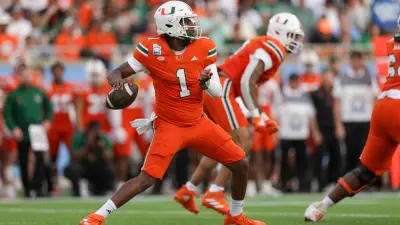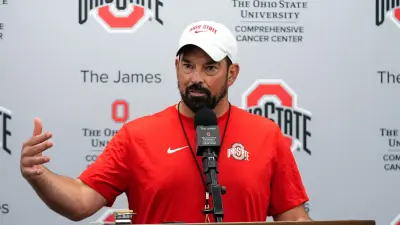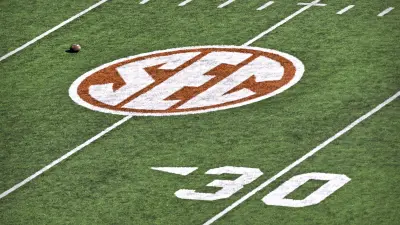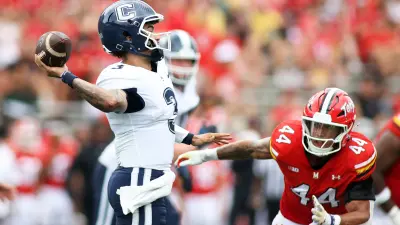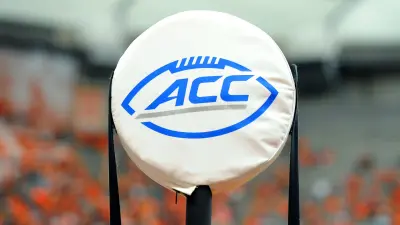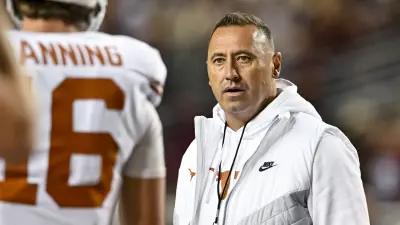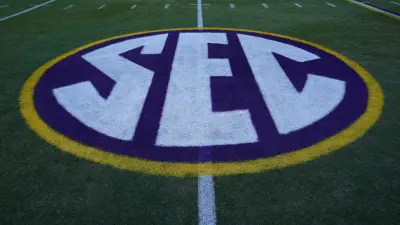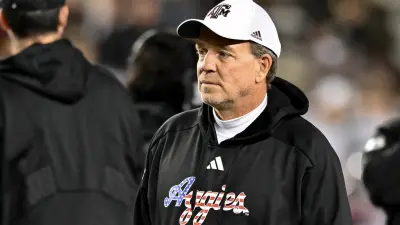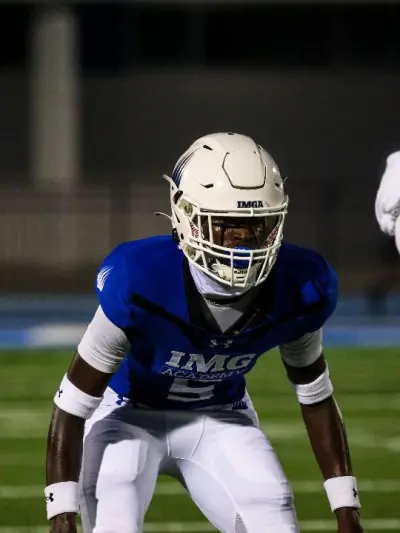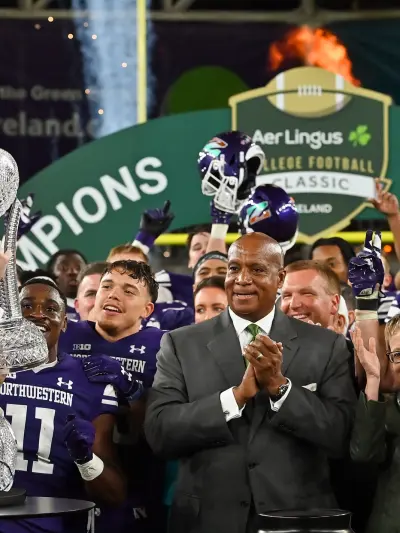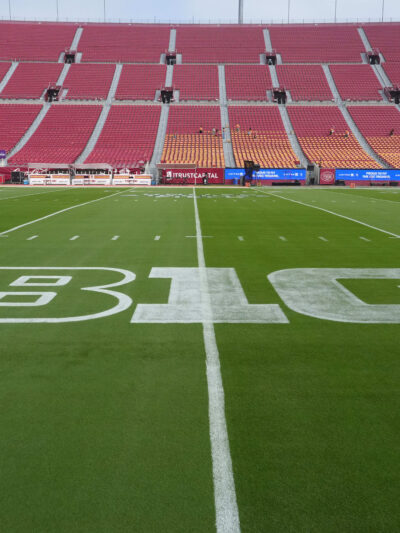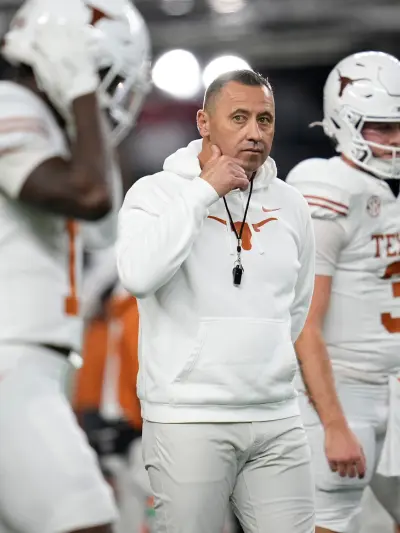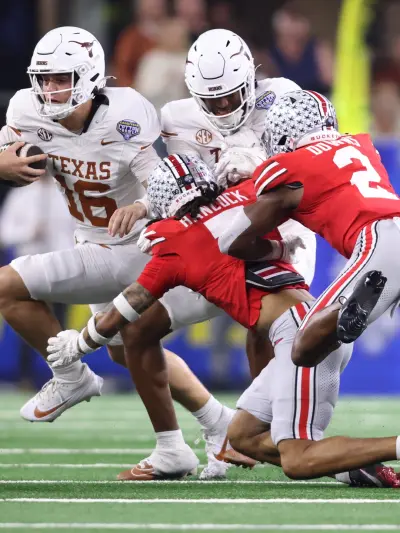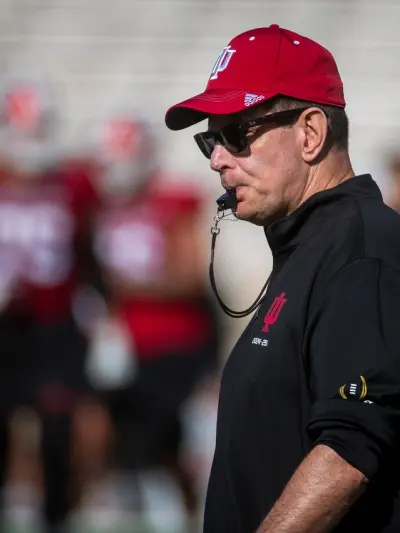College football is undergoing its most significant transformation in decades. While much of the national conversation has centered around NIL deals and million-dollar endorsements, another force has been quietly but steadily rewriting the sport’s fabric: the transfer portal.
Originally introduced to give student-athletes more control over their careers, the portal has become a high-speed revolving door for player movement. The floodgates are wide open for five-star quarterbacks seeking immediate playing time and depth players chasing better opportunities.
At MikeFarrellSports.com, we’ve tracked countless recruiting stories, coaching decisions, and roster changes. But nothing has rocked the traditional structure of team building quite like this.
Let’s dive into why the transfer portal is changing college football even more than NIL — and what that means for coaches, players, and fans alike.
1. Roster Turnover Has Never Been Higher
In the past, college football rosters had a sense of continuity. Coaches recruited high school talent, developed them over time, and built systems around multi-year starters. Now, top programs see double-digit transfers each offseason, and not just backups, starters and key contributors are moving too.
Take Colorado under Deion Sanders as a recent example. In 2023, he flipped nearly the entire roster in one offseason. Love it or hate it, that level of change is now possible and increasingly common.
More Sports News
Interestingly, this rapid shift mirrors trends in other competitive industries. Just as WorldPokerDeals.com helps players navigate shifting opportunities across online poker platforms, coaches are navigating a landscape where flexibility, timing, and strategic recruitment are more critical than ever.
It’s not just Power Five schools. Group of Five programs routinely lose breakout stars to bigger programs, while reloading with FCS talent and former blue-chip recruits who fell off the radar. The transfer portal has turned roster management into a year-round balancing act, often forcing coaches to choose between developing young talent or grabbing experienced players ready to play now.
2. High School Recruiting Is Being Deprioritized
This shift is quietly hurting high school prospects.
More and more programs are prioritizing portal players over traditional high school signees. Why recruit and redshirt a three-star first-year student when you can land a proven SEC cornerback with two years of eligibility left?
In recent cycles, we’ve seen top-25 teams sign fewer than 15 high school players, opting to go heavy on the portal instead. The emphasis has subtly shifted even in powerhouse programs like Alabama and Georgia.
This change is especially tough on fringe prospects and late bloomers. Previously, a player could develop during their junior or senior year and land a late offer. Those spots are often reserved for a grad transfer or a backup from a Power Five school looking to drop down.
This trend is troubling for fans of recruiting rankings and long-term player development. It also pressures high school athletes to stand out early or get left behind.
3. Quarterback Rooms Are in Constant Flux
No position has been more affected by the portal than quarterback.
In today’s college football landscape, most top programs bring in a QB from the portal every offseason. The days of grooming a young signal-caller for two or three years are fading. If a player isn’t starting by year two, they’re often gone — and replaced by someone else’s former starter.
Just look at recent Heisman contenders. Caleb Williams, Bo Nix, Michael Penix Jr., and Joe Burrow made their mark after transferring. The position has essentially become a free-agent carousel.
This creates instability, but it also offers opportunity. The portal is a second chance for some programs to fix recruiting misses. For others, it’s a way to stay competitive without fully rebuilding.
But make no mistake: quarterback development has changed forever.
4. Coaching Strategies Are Being Rewritten
The portal has forced coaches to become part recruiter and part general manager.
Gone are the days of a traditional recruiting board. Staff must constantly scout the portal, evaluate internal depth, and predict future departures. Player retention is as important as player acquisition.
Some coaches have embraced it. Lane Kiffin, for example, was one of the first to label himself the “Portal King” and build his roster around it. Others have resisted, preferring to stick with high school talent and continuity.
Either way, adaptation is no longer optional.
5. Team Culture Is Harder to Maintain
Culture used to be a defining trait of elite college programs. Think of the stability at Clemson under Dabo Swinney or the discipline at Alabama under Nick Saban. These identities were forged over years of working with homegrown players.
Maintaining that sense of identity is tougher now that the portal is a major roster-building tool.
When a third of your starters weren’t with the team last year, continuity suffers. Leaders must emerge quickly, and chemistry is expected to develop quickly.
Some programs manage it well. Others struggle to unite players with different backgrounds, playbooks, and expectations.
The result? A wider gap between programs that build effectively and those that spiral into chaos.
6. NIL Still Matters — But the Portal Drives Movement
Yes, NIL money plays a role. There’s no denying that some players choose schools based on financial incentives. But many transfers happen for reasons beyond money: playing time, scheme fit, coaching relationships, or proximity to home.
The transfer portal is the engine, and NIL is just the fuel.
Even players who don’t command big NIL deals are moving in droves. Athletes often simply want a fresh start or a clearer path to the field. And because they can transfer and play immediately, there’s less risk in making a move.
7. Depth Charts Are Never Final
For fans, one of the most frustrating or exciting aspects of the new era is how fluid depth charts have become.
You might celebrate a spring game breakout performance, only to see that player transfer in June. You might land a big-name transfer, only to see them lose the job in August.
Every position is up for grabs, and the battle never ends. This unpredictability makes the sport more chaotic, but also more compelling.
Final Thoughts: The Portal Era Is Here to Stay
Like it or not, the transfer portal has positively changed college football. It’s not a phase or a temporary adjustment — it’s the new normal.
Coaches must adapt. Fans must adjust. And players now have more power than ever before.
While NIL may dominate headlines, the portal has truly reshaped the sport. How teams use it or fail to, will determine their success for years to come.
We’ll keep tracking the game’s evolution. Whether you’re a coach, recruit, or die-hard fan, understanding the portal’s impact is no longer optional. It’s essential.
